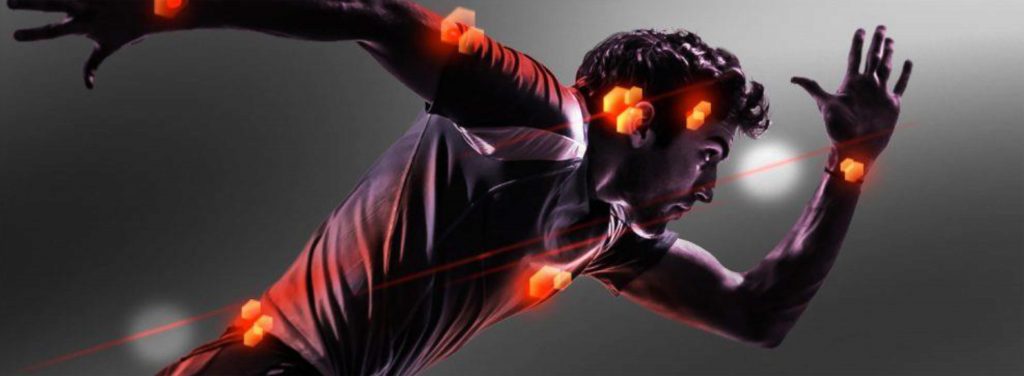In an age where the cognitive components of individual human intelligence are rapidly absorbed by smart algorithms, the next milestone of human performance is emotional and relational in nature. The Kingbridge Institute is now offering a NEW type of learning experience and coaching method beneficial for giving feedback about group dynamics and effectiveness while engaged in discussions.
We have partnered with Mihnea Moldoveanu, Director of the Mind Brain Behavior Institute and Vice-Dean of Innovation at the University of Toronto – to develop the technologies, tools and experiences to help teams develop the awareness, acuity and aplomb to handle difficult dialogues, deliberations and decisions by better understanding their own emotional landscapes and being able to intervene with insight and incisiveness to transform the way they work together.
We are introducing a learning platform that provides a tailored and customized feedback solution for teams who carry out strategic and operational discussions. The tool is designed to diagnose and pinpoint interpersonal blockages to the flow of critical information, breakdowns of trust and hidden biases and power dynamics that undercut the objectivity of their discussions.
This is a transformative feedback solution for giving formative feedback on team member’s social, relational and affective abilities while they are engaged in discussions. Reveals the various degrees of engagement and involvement that people feel relative to each other when communicating.
The social intelligence learning platform – tracks, analyzes and displays variables that give coaches more information about learners’ emotional and physiological states – such as heart rate, heart rate variability and galvanic skin responses – which can be used in combination with a person’s features or characteristic expression and voice analytics to provide even sharper insights of what learners feel while they are interacting with others.
A DIFFERENT COACHING METHOD
The technology – a 360 degree and virtual reality camera is used to capture footage and audio of leaners’ presentations, pitches, meeting discussions, and problem solving sessions which are stored on a secure server. The platform then uses advanced machine learning algorithm’s to identify and map individual users voices and faces and automatically tracks, records, and displays the emotional states of each learner on the basis of recognizing patterns of facial expressions and of voice-related variabilities (pitches, loudness, pitch range, loudness range, rhythm, articulateness) that identify the learners emotional states. Learners can see for themselves the kinds of interpersonal dynamics that their communications – or lack thereof – produce in other participants and they can be coached and briefed on the ways in which their ways of making statements, responding to questions and according or withholding attention from others contributes to the collabortiveness and effectiveness of group sessions.
VALUE PROPOSITION:
- Learn how your expressions, gaze, body language, tonality, modes of using language, beliefs and perceptions influence your teams ability to effectively engage in collaborative inquiry during discussions.
- Learn how to become more self-aware so you can read and better understand how your emotional dynamics are affecting group performance.
- Learn how to communicate more persuasively (great for sales professionals).
- Learn how to adapt, modify, navigate and self-regulate your emotional states.
IDEAL FOR:
- Sales Professionals
- Coaches
- Negotiators
- Public Speakers
- High Performing Athletes
- Board Members
- Project Managers
- Leaders
To learn more about this exciting new technology and experience, visit our website.


 Follow
Follow



